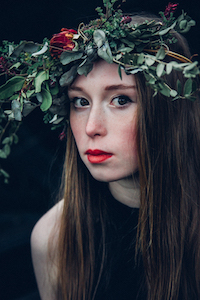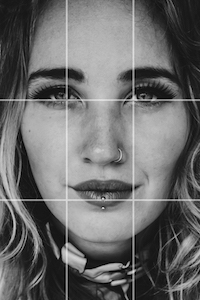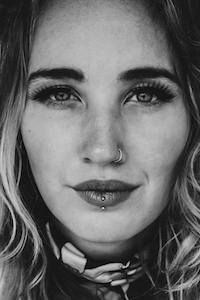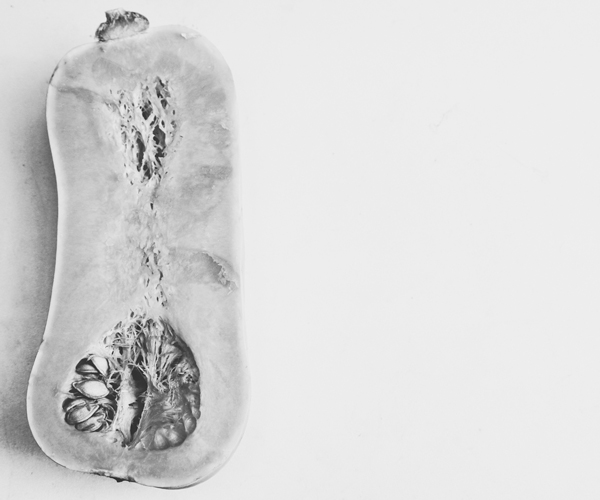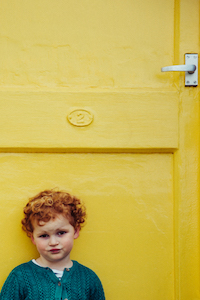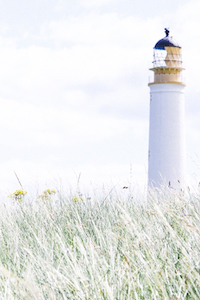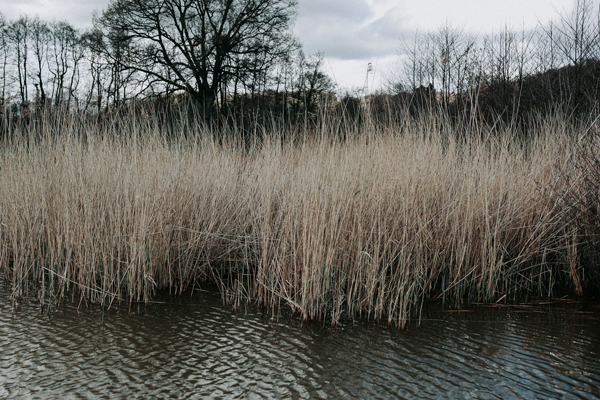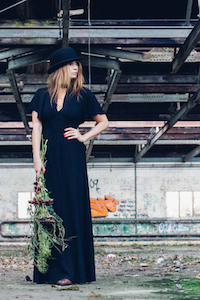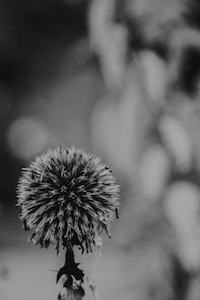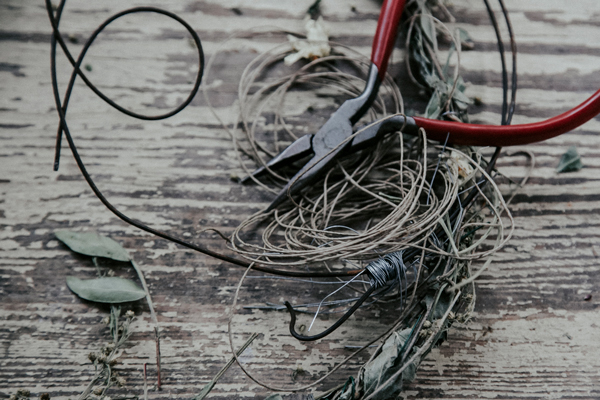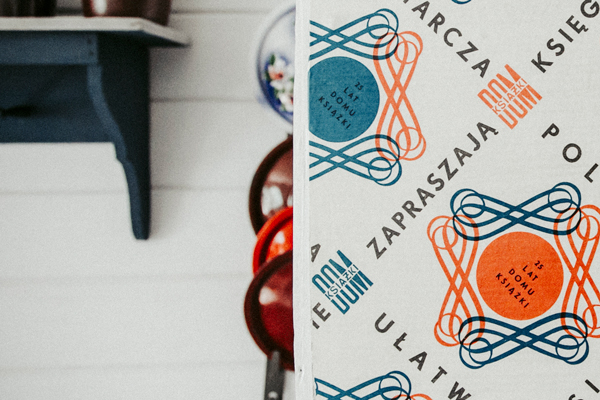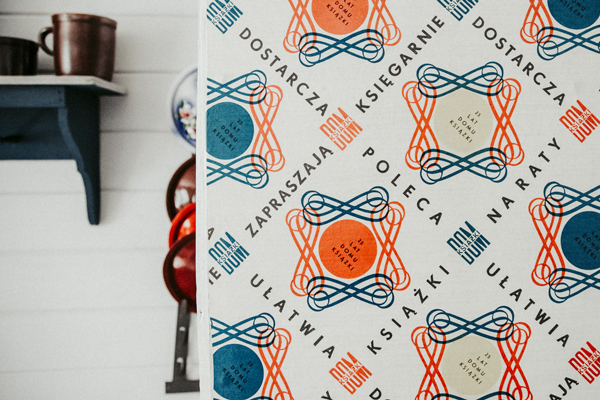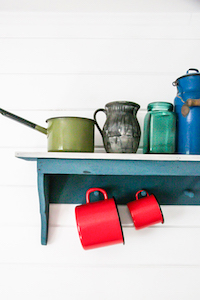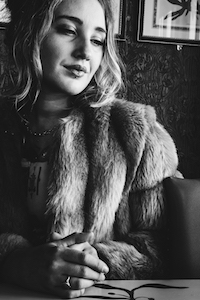Are you struggling to make your images visually appealing? One of the most important composition techniques in photography is the “rule of thirds.” In this article, you’ll learn how to use this rule to create beautiful, well-balanced images that will naturally appeal to the eye.
What Is The Rule Of Thirds?
It’s simple, and it works like this. Divide your scene into nine equal, imaginary parts. Two equally-spaced imaginary vertical lines and two equally-spaced imaginary horizontal lines, as shown below.
Next, place the most important elements in the scene along the imaginary gridlines or at the intersections where the imaginary lines cross.
In the above image, the eyes are positioned at the top two intersections, not in the center. The subject’s mouth is aligned to the bottom gridline. This creates a really natural and well-balanced result.
Cropping in tightly and having the face aligned centrally like this creates symmetry and a feeling of power. This demonstrates that you can use the rule of thirds together with other compositional techniques for added impact.
Now let’s look at 6 ways to use the rule of thirds to improve your composition.
1. Using Negative Space With The Rule Of Thirds
Rather than filling the frame with the butternut squash below – it has been positioned approximately one-third of the way from the left. This leaves us with nearly two-thirds of empty space – known as “negative space.”
It’s an effective technique, especially when used together with the rule of thirds. This is because it highlights the subject well and creates a minimalist feel. The viewer’s eyes are drawn to the subject without distraction.
In the colorful example above, there are a few secondary subjects located in the negative space that could distract the eye. However, the composition leads the viewer’s attention to the girl.
Whenever you are photographing a scene with lots of negative space make sure you position your main subject on one of the rule of thirds’ imaginary gridlines to create the most dynamic image.
2. Use The Rule Of Thirds To Position The Horizon In Landscapes
If you’re photographing landscapes, the rule of thirds is one of the first things to think about when composing your photo.
In general, landscapes don’t look good if the horizon is positioned directly across the center of the photo. Positioning the horizon centrally tends to chop the photo in half, and therefore isn’t very pleasing to the eye.
In the black & white example above, your eye is lead along the jetty towards the horizon, which sits roughly where the rule of thirds’ top horizontal imaginary gridline is.
In the image above the grasses and the flowers are positioned along the bottom horizontal line in the rule of thirds grid. The main focal point is the in-focus yellow flowers and as they sit on the horizontal line it takes your eye to them, as well as the slightly out-of-focus lighthouse. The result is pleasing to the eye as the image looks well balanced.
In the example above, the bottom and the top of the light-colored reeds are approximately on the horizontal third lines. This gives a pleasing, balanced result.
3. Use The Rule Of Thirds To Position Your Subject Off-Centre
Once you identify what your main subject is going to be you need to think what would make the best composition to balance the image and make it most appealing to the viewer. By putting the main subject off center on one of the grid lines, using the rule of thirds can make the image more pleasing to the eye.
In the image above, the main subject is positioned off-center on the left-hand vertical grid line. This, along with her pose, creates a powerful look. In your compositions, position your subject off-center and give her space to look into.
If you have a smaller subject, position it on one of the rule of thirds’ gridline intersections. This can make for a great composition. Position small subjects low in the frame to exaggerate their small size, as demonstrated above.
While there’s a lot going on in this photo, positioning the pliers at the intersection of a horizontal and vertical gridline has helped reinforce the fact it’s the primary subject in this scene.
4. Use Rule of Thirds To Compose Abstract Images
By shooting a subject close up it can make the image have an abstract quality. Position the object, or its edges, on one of the horizontal or vertical lines using the rule of thirds. This will create a harmonious composition from basic abstract elements.
The abstract subject above divides the frame into three vertical sections. These align almost exactly with the rule of thirds’ imaginary gridlines, creating a pleasing composition.
5. Position Vertical Lines With The Rule Of Thirds
Placing something vertical in the middle of the frame can have the same impact as a centrally placed horizon. It cuts the image in half.
It can help to place the subject or vertical line to either the left or right-hand side of the image. Compare the previous image with the image below.
The left side of the patterned area has been positioned to align with an imaginary left vertical gridline, a third of the way in from the left.
Both compositions are perfectly ok, but the effect is totally different.
6. Break The Rules
Once you understand the rule of thirds, you can break the rule – so long as you do it deliberately. So don’t be afraid to bend the rules in order to get more interesting and creative results.
Rule Of Thirds: Conclusion
The rule of thirds is only one of many compositional techniques you can use in your photography. To create a beautiful harmonious image it is important to compose your image well. Remember to align the most important elements of your scene with the imaginary gridlines or intersections we’ve described. Try using the rule of thirds often. Before long, it will second nature and you’ll use the rule of thirds without even having to think about it.

